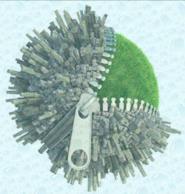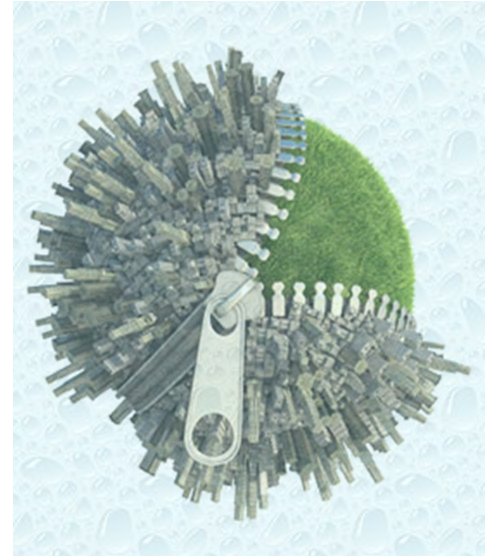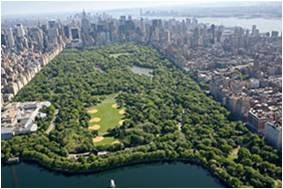Source:
Technical igK Dpt.
18 March 2015
The water hidden in the turfgrass
The dilemma of water hidden in industrial products is the same as the virtual water in agricultural products; Use, import and export water unseen.
 El agua escondida del césped.
El agua escondida del césped.
Nowadays we find articles that reflect the differences between artificial turf and natural turfgrass, both in sports as ornamental use. They focus on the comparison of maintenance costs, use of fertilizers and pesticides in the natural one, the quality of materials and the use of chemicals in the manufacture of artificial, durability, the preference of the players, the incidence of injuries, the different temperature that is reached in the two surfaces during warm weather, the environmental benefits of each one, etc.
This time the focus goes to the use of water ... not only in natural, but also in the artificial. Yes, artificial turfgrass also consumes water; is hidden.
For this reflection we use an estimation on average data to compare and think.

Natural turfgrass
Irrigation needs of a crop are the result of its water requirements minus the effective rainfall. Depending on the species, variety, climate, surface type (sport, recreative), mowing heights, etc. Given that the selection of the species has been adequate in terms of adaptation and sustainability for the given zone (igK Tool), and irrigating with rigor, with widespread nature we know that a hectare of natural turfgrass uses 7,000 to 8,000 m3/ year. Hectares of Seashore Paspalum or Bermuda in transition zones, or Festucas, Poas and Ryegrasses in areas with annual rainfall above 1.000 mm require contribution units even lower than this average.
Therefore, for that matter, we take 7,500 m3/ hectare per year as an average consumption acceptable for natural turfgrass, under good construction and maintenance practices based on agronomic principles.
Artificial turfgrass
Artificial turf is a plastic material, and beyond the irrigations that sometimes must be given for the correct movement of the ball, avoid abrasion of the players, or get lower the surface temperature during hot weather, the water consumption occurs in manufacturing.
This type of turfgrass is made of Polypropylene, Polyethylene, Latex; It has a portion composed of the fibers, another would be the base and the support, and in many cases requires a topdress that may be silica sand or other plastic materials also.
We chose a medium quality artificial turf with the following characteristics:
- Fiber: 1.800 g/m2
- Base + Support: 1.100 g/m2
- No Topdress required (Neither silica sand or plastic)
- Manufacturer Warranty: 8 years

It is very difficult to obtain reliable data of the industry in a World of plastic, but there is no doubt that the production (and recycling) consumes water.
Many industrial products that surround us in our daily lives involve what is called the "hidden water" (that needed to manufacture them).
The data in the plastics industry ostensibly vary between 200 and 2,000 liters (0.2-2 m3) of water to produce 1 kg; as it can bear in mind only the water for obtaining the final product, or may include that used in obtaining petroleum products for the plastic resulted. Then let's be prudent, taking an average of 1,000 liters of water / kg of plastic (1 m3 / kg plastic).
This way we could make a simple relation with the artificial turf mentioned:
1.800 gr/m2 Fiber+ 1.100 gr/m2 Support+Base= 2.900 gr Plastic / m2 = 2,9 kg Plastic/ m2.
That is, this hectare of artificial turf weighs 29,000 kg for those who have been used 29,000 m3 of water in its production. Considering a lifespan of 8 years, we could say that the concerned artificial turf would be consuming 3,625 m3 / hectare per year.